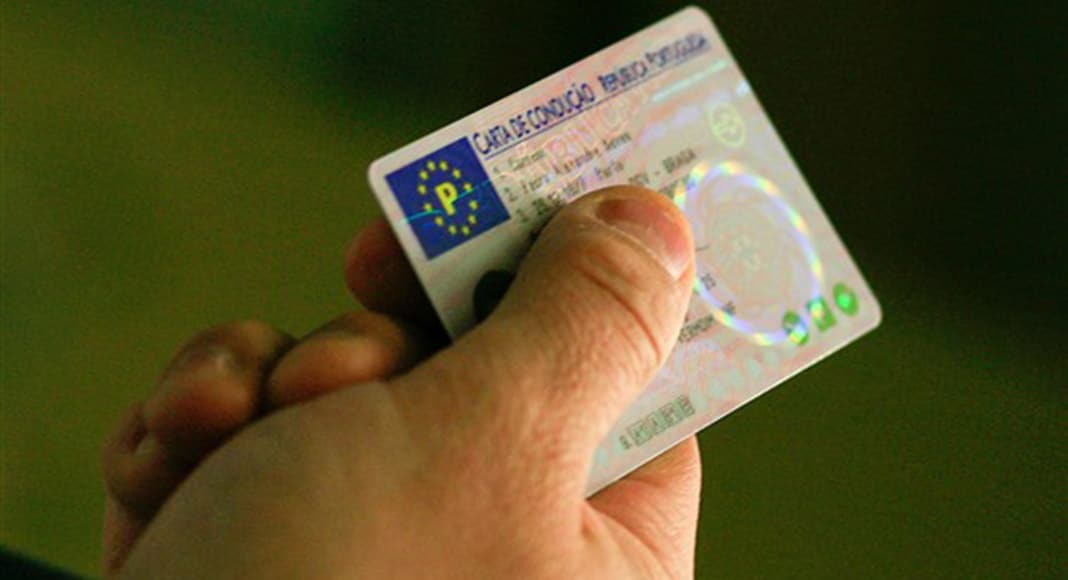The Impact of Driving Test Simulators on Road Safety and Driver Training
Driving is an essential skill for lots of people around the world. With an increasing variety of lorries on the roads, making sure that new drivers are sufficiently prepared is vital for boosting road safety. Cartao Expresso De Portugal driving tests have actually long been the standard for examining the skills of new motorists; nevertheless, advancements in innovation have actually introduced driving test simulators as a practical option. This post offers an in-depth look at driving test simulators, their benefits, limitations, and their general influence on motorist training and safety.
What is a Driving Test Simulator?
A driving test simulator is a computer-based system designed to simulate real-world driving scenarios. These simulators can offer a reasonable driving experience, making it possible for students to practice driving in a safe and regulated environment. Unlike standard driving tests, which need a lorry and a certified examiner, simulators can be used at training facilities or perhaps in the convenience of one's home.
Secret Features of Driving Test Simulators
- Reasonable Environments: Simulators frequently include dynamic weather conditions, night driving, and numerous road scenarios.
- Feedback Mechanism: Most simulators provide immediate feedback on user efficiency, assessing errors and recommending enhancements.
- Personalized Scenarios: Instructors can develop specific situations to deal with particular obstacles faced by students.
- User-Friendly Interfaces: Many simulators are geared up with easy-to-navigate controls for a smooth learning experience.
Benefits of Using Driving Test Simulators
- Enhanced Learning Experience: Simulators develop a safe environment for learners to practice driving without the risks related to real-life driving. This enables them to explore various maneuvers and comprehend various traffic circumstances.
- Cost-Effective Training: Driving simulators get rid of the requirement for fuel expenditures and automobile maintenance, making the training process less expensive for both students and driving schools.
- Versatile Schedules: Individuals can practice driving at their own pace, totally free from the restrictions of reserving a driving trainer or stressing over weather.
- Comprehensive Skill Development: Simulators can efficiently teach critical driving abilities such as hazard understanding, reaction time, and decision-making.
- Assessment and Adaptation: Driving simulators offer comprehensive performance analyses, permitting trainers to customize their lessons to the individual requirements of the student.
Table 1: Comparison of Traditional Driving Tests vs. Driving Test Simulators
| Function | Standard Driving Tests | Driving Test Simulators |
|---|---|---|
| Environment | Real-world driving | Managed digital environment |
| Trainer Presence | Needed | Optional |
| Cost | Higher (car, gas, insurance coverage) | Lower (no lorry needed) |
| Immediate Feedback | Delayed (after the test) | Instant |
| Personalization of Scenarios | Restricted | Highly adjustable |
Limitations of Driving Test Simulators
While driving test simulators use various advantages, there are necessary restrictions to consider:
- Limited Real-World Experience: Simulators can not completely reproduce the complexity of real-world driving, consisting of the unpredictability of other drivers and pedestrians.
- Over-reliance on Technology: Some students might become excessively comfortable in the simulator, causing problems when transitioning to actual driving.
- Potential for Overconfidence: Learners might feel they are properly prepared after finishing simulator exercises, ignoring the obstacles of driving on genuine roadways.
- Technical Issues: Simulators undergo technical malfunctions which can disrupt the knowing process.
The Future of Driver Training
The rise of technology continues to shape the landscape of chauffeur education. As simulations advance, future versions could incorporate functions such as virtual reality (VR), making the learning process a lot more immersive. Furthermore, the information gathered from simulators might boost curriculum advancement and individualized training plans.
Frequently asked questions
What age can you start using driving simulators?
Lots of driving simulators can be utilized by people as young as 15 or 16 years of ages, depending on local guidelines.
Are driving simulators just for novices?
No, driving simulators can be helpful for knowledgeable chauffeurs as well. They can be used for innovative training, such as protective driving techniques or environmentally friendly driving behavior.
How much does a driving simulator cost?
Expenses differ extensively depending upon the quality and functions of the simulator. Standard home systems can start as low as ₤ 100, while professional-grade simulators can surpass ₤ 10,000.
Can driving simulators help in reducing traffic accidents?
While they can not get rid of mishaps completely, driving simulators have been revealed to enhance driving abilities which can add to decreasing traffic events.
Driving test simulators are transforming the way new motorists get ready for the roadway. With their ability to provide reasonable, engaging, and comprehensive training experiences, simulators represent a significant step forward in motorist education. While they do have limitations, the benefits they offer in regards to safety, ease of access, and cost make them a vital tool in enhancing roadway safety and preparing future motorists for the difficulties they will deal with on real roadways.
As driving innovation continues to develop, driving test simulators are most likely to play an increasingly essential function, helping to guarantee that all motorists are fully equipped to browse the complexities of today's traffic environments.

